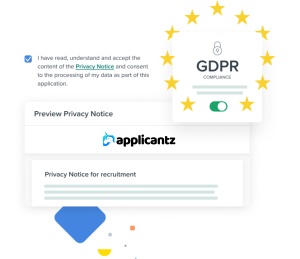Leveraging Customer Support Data to Predict and Prevent Churn in Subscription-Based Businesses

Let’s be honest—no subscription business wants to lose customers. But churn happens. The good news? Your customer support data is a goldmine for spotting red flags before subscribers walk away. Here’s how to turn those support tickets, chat logs, and feedback into actionable insights.
Why Customer Support Data is Your Secret Weapon
Think of support interactions like a pulse check. When customers complain, ask for help, or even just stop engaging, they’re sending signals. Miss those signals, and you’re flying blind. Catch them early? You’ve got a fighting chance to fix things.
Key signals hiding in your support data:
- Frequent complaints about the same feature (or lack thereof)
- Long response times from your team—frustration builds fast
- Downgrade requests or questions about cancellation policies
- Negative sentiment spikes in chat transcripts or survey responses
How to Spot Churn Risks Before It’s Too Late
1. Track Ticket Trends Like a Detective
Patterns matter. If five users this week complained about slow load times, that’s not a coincidence—it’s a leak in your bucket. Use tools like Zendesk or Intercom to tag and categorize issues. Look for:
- Sudden spikes in specific complaint types
- Repeat tickets from the same user (they’re on thin ice)
- Topics that correlate with past cancellations
2. Measure Sentiment—Not Just Volume
A single angry ticket might scream louder than ten mild ones. Use sentiment analysis (even basic keyword flags like “frustrated” or “cancel”) to gauge emotional tone. Pro tip: Combine this with usage data. A pissed-off power user? High-risk.
3. Watch for Silence (Yes, Really)
Customers who ghost support after multiple back-and-forths? Often, they’ve already decided to leave. Track unresolved tickets that go cold—it’s a sneaky churn indicator.
Turning Insights Into Action
Data’s useless without action. Here’s how to intervene:
| Risk Level | Action |
| Low (e.g., one complaint) | Personalized follow-up: “Hey, we fixed X—try it now?” |
| Medium (e.g., multiple issues) | Offer a call or discount: “Let’s make this right.” |
| High (e.g., cancellation ask) | Escalate fast: “Our VP wants to hear your feedback.” |
And don’t just react—prevent. If billing confusion causes 30% of churn, simplify your invoices. If feature gaps keep coming up, adjust your roadmap.
The Bigger Picture: Churn Prevention as Culture
This isn’t just a “support team problem.” Share churn-risk reports with product, marketing, even engineering. Maybe those bug fixes need prioritization. Maybe onboarding needs a refresh. Every department impacts retention.
Final thought: Churn isn’t inevitable. Your customers are telling you—sometimes shouting, sometimes whispering—why they stay or go. The question is, are you listening?








